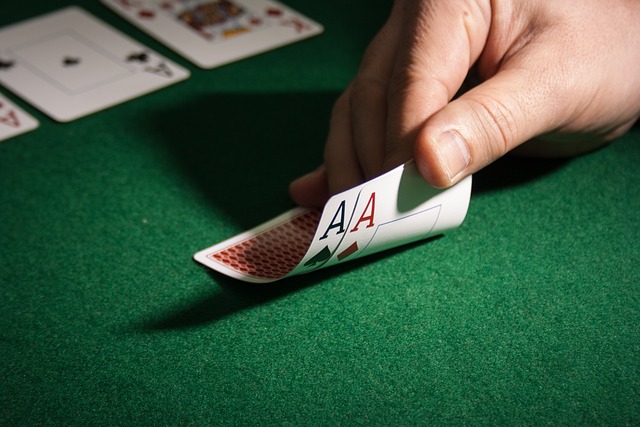Volatility is a crucial concept in gambling games that every player should understand. It affects how often you win and the size of your payouts. This guide will explain what volatility is, its different levels, and how it influences your gaming experience.
What is Volatility?
Volatility in gambling games, also known as variance, refers to the risk level associated with a game. It indicates how often and how much you can expect to win during your gaming sessions.
Understanding volatility helps you choose games that match your playing style and bankroll. It can make your gaming experience more enjoyable and help you manage your expectations.
Types of Volatility
Low Volatility
Low volatility games offer frequent, smaller wins. These games are less risky and provide steady payouts.
Features
- Frequent Wins: You win more often, but the payouts are smaller.
- Steady Gameplay: Ideal for players who prefer a consistent gaming experience.
- Lower Risk: Suitable for players with smaller bankrolls or those who want to play longer.
Examples
- Slots: Many classic slots and some modern video slots.
- Table Games: Games like European Roulette and Blackjack with low betting limits.
Medium Volatility

Medium volatility games strike a balance between frequent wins and larger payouts. These games offer a mix of excitement and risk. Check out the Aviator game with medium volatility. Such a game can sometimes be calm, and sometimes risky with big winnings.
Features
- Balanced Wins: A mix of small and large payouts.
- Moderate Risk: Suitable for players who enjoy some level of risk but want to avoid extreme swings.
- Varied Gameplay: Offers a dynamic and engaging gaming experience.
Examples
- Slots: Many popular video slots and progressive slots.
- Table Games: Certain versions of Poker and Baccarat.
High Volatility
High volatility games offer the chance to win big but less frequently. These games are riskier and can lead to significant swings in your bankroll.
Features
- Large Payouts: Wins can be substantial, but they are rare.
- High Risk: Suitable for players with larger bankrolls and a tolerance for risk.
- Exciting Gameplay: High potential rewards make the game more thrilling.
Examples
- Slots: Many progressive jackpot slots and some high-stakes video slots.
- Table Games: High-stakes versions of Blackjack and Poker.
Choosing the Right Volatility
Matching Your Playing Style
- Low Volatility: Ideal for casual players who enjoy frequent wins and longer playtime.
- Medium Volatility: Perfect for players who want a balance between risk and reward.
- High Volatility: Best for thrill-seekers and high rollers who can handle larger swings in their bankroll.
Managing Your Bankroll
- Low Volatility: Allows you to manage your bankroll more effectively with steady payouts.
- Medium Volatility: Requires a balanced approach to bankroll management.
- High Volatility: Needs a larger bankroll and the ability to withstand longer losing streaks.
Tips for Playing Volatility

Start Small
When trying a new game, start with smaller bets. This helps you understand the game’s volatility without risking too much.
Adjust Your Bets
Based on your experience with the game, adjust your bets to match the volatility. Increase your bets during winning streaks and decrease them during losing streaks.
Know When to Stop
Set win and loss limits to manage your bankroll effectively. Knowing when to stop ensures that you don’t chase losses or get carried away by wins.
Conclusion
Volatility is a key factor in gambling games that affects your chances of winning and the size of your payouts. By understanding the differences between low, medium, and high volatility, you can choose games that match your playing style and bankroll. This knowledge helps you make informed decisions and enhances your gaming experience.
